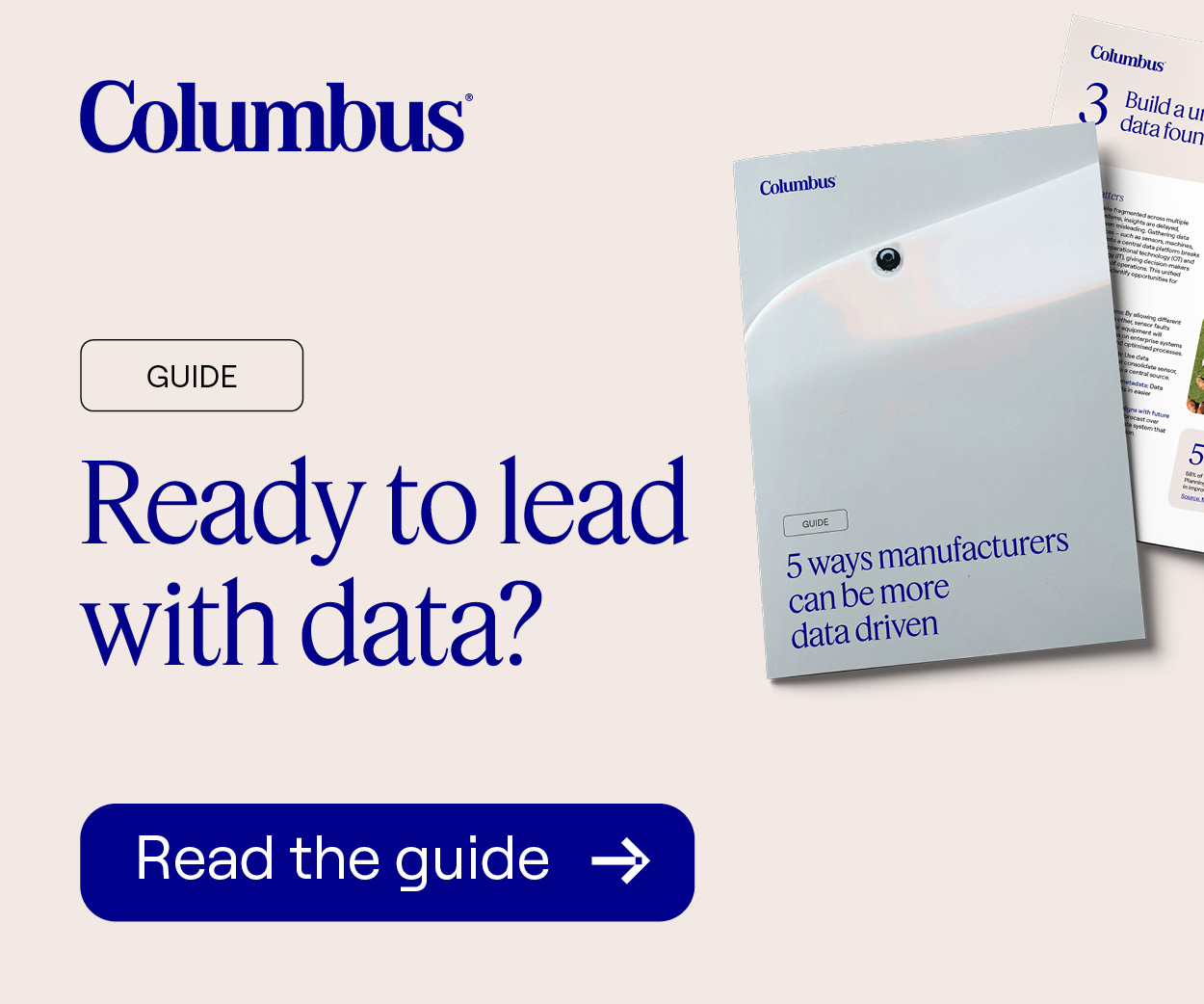While much of the buzz around digital transformation in manufacturing focuses on new technologies, the most forward-thinking companies are taking a different approach. Rather than starting with software, they’re starting with people. Specifically, the people closest to the machines. Nick Haase, Co-Founder of MaintainX tells us more in this interview.
“Maintenance has always been seen as a cost center,” said Nick. “But that’s finally changing. Leaders are realising that it’s actually one of the greatest opportunities to drive operational resilience, performance, and long-term value.”
In short, maintenance is no longer just about fixing things when they break, it’s about rethinking how work gets done.
From reactive to strategic
Nick pointed out that, historically, maintenance is only noticed when something goes wrong. That legacy mindset has shaped budget decisions and leadership attitudes for decades, with maintenance often viewed as a necessary overhead to minimize downtime. But there is a shift taking place, according to Nick
“When you think about extending asset lifecycles, reducing capital expenditure, or improving system-wide reliability, you begin to understand that maintenance isn’t just about loss prevention, it’s a strategic lever,” he said. “The best-performing companies are no longer hiding it in the background. They’re bringing it to the forefront.”
Execution, not just digitisation
The term digital transformation often implies the adoption of cutting-edge tools. But Nick warned against surface-level changes.
“Digitising a whiteboard doesn’t mean you’ve transformed,” he said. “You can move checklists onto screens, but if your data is inaccurate or incomplete, it won’t improve decisions, it’ll just automate bad ones.”
Too many companies, he argued, have taken a software-first approach. This has resulted in tools that don’t align with frontline workflows, don’t reflect the real-world condition of assets, and ultimately don’t earn the trust of the people expected to use them.
“Transformation has to start from the bottom up. If the people doing the work don’t see value in the tools, the effort collapses,” Nick explained. “But if you build systems that support your teams it make their jobs easier. It gives them clear visibility, and it ties their work to broader outcomes. This is how you unlock meaningful change.”
The AI readiness gap
AI is causing excitement within the industry and is seen by some as the future of smart manufacturing. But in Nick’s assessment of the current landscape, many companies simply aren’t ready.
“AI isn’t magic, it’s logic at scale,” he said. “And logic needs a foundation; clean, structured, contextualised data from both machines and people. Without that, your AI is just guessing.”
According to Nick, many AI initiatives fail not because the technology is flawed, but because data is either incomplete or untrustworthy. In some cases, companies try to roll out AI with little to no proprietary data, leading to poor performance and employee scepticism.
“That’s when resistance kicks in,” he said. “If your teams don’t trust what AI is telling them, or worse, if it creates more work instead of less, you lose momentum fast.”
So where should companies start? Nick pointed to foundational workflows and accurate data capture.
“You need to rebuild your operational reality so that your AI tools can enhance it, not invent it.”
Collective ownership, shared reality
One of the key trends Nick highlighted is the shift toward collective responsibility in maintenance. Drawing from the principles of total productive maintenance (TPM), he noted that leading companies are embedding maintenance awareness across the workforce.
“Everyone is the eyes and ears of the operation,” he said. “If your maintenance team and your reliability leaders can’t see a problem, and they can’t be everywhere, then they can’t fix it. And they can’t get ahead of the problem before it gets worse.”
He continued, “I think companies that build systems that help with continuous improvement and efficiency, and bring that spirit of collective strategy, where everyone helps and is part of that, is important to getting buy in.”
This cultural shift encourages transparency, data sharing, and a mindset of continuous improvement.
“People start to see the impact of their contributions,” said Nick. “It’s no longer just ‘another thing on the to-do-list’”
Building the blueprint for smart manufacturing
The road to smart manufacturing isn’t paved solely with predictive analytics and generative AI. It’s built on a human foundation; clear workflows, trusted data, and empowered teams.
Nick sees a future where AI and frontline execution are deeply connected, not through flashy dashboards, but through simple, reliable systems that guide decision-making at every level.
“The goal is not just to use AI,” he said. “It’s to create a loop where data feeds intelligence, and intelligence helps the people execute better work. That’s when you stop reacting and start optimising.”
As manufacturers move beyond pilot purgatory and toward scaled, integrated solutions, those who treat maintenance as a strategic advantage, rather than a sunk cost, are the ones best positioned to thrive.
For more information visit MaintainX
Read more articles like this in our Industrial Data & AI section




